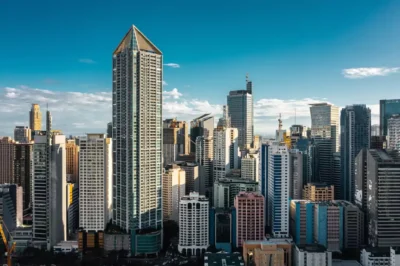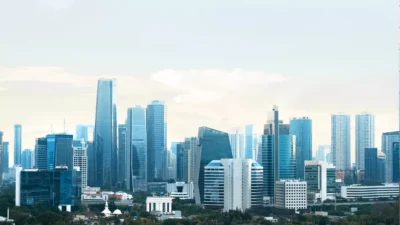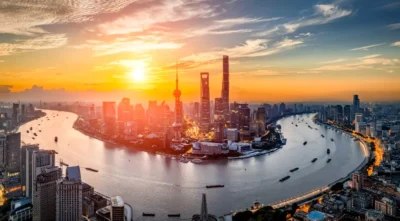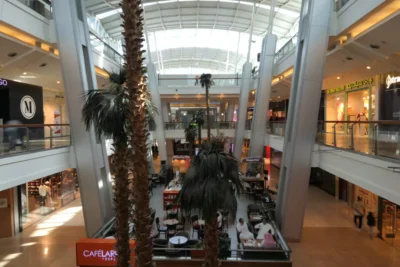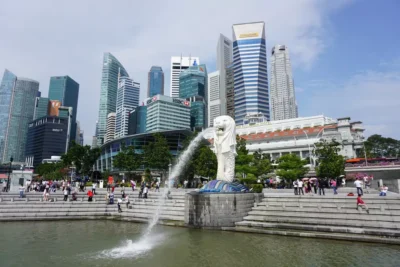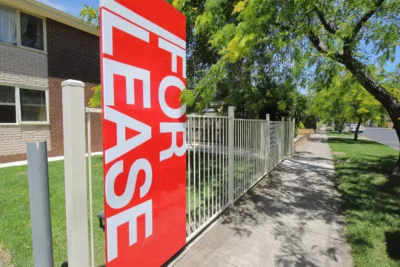6 of the most breathtaking sights in Tangerang, Indonesia
Home to Jakarta’s international airport, Tangerang is emerging as a viable investment option thanks to its lifestyle and infrastructural perks
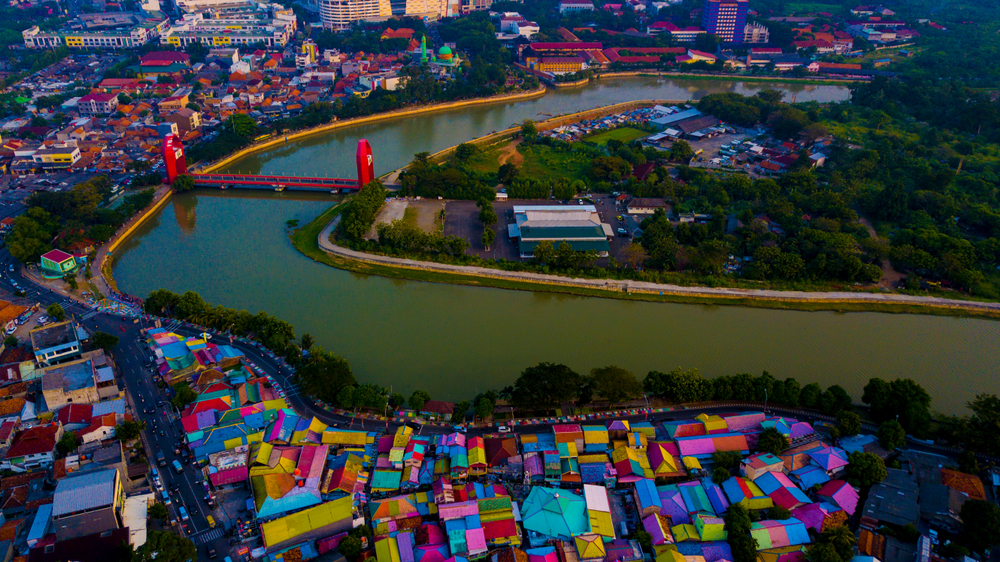
Tangerang will be familiar to most travellers for housing Soekarno-Hatta international airport, Indonesia’s principal aviation hub. Though its roots as a home to the Chinese community date back centuries, Tangerang only became an autonomous city in 1993, and now showcases a surge of recent development as a major industrial, residential and retail hub. It is expanding in intriguing ways. The upscale enclave of Pantai Indah Kapuk (PIK) was built to accommodate Jakarta’s suburban overspill. Its main draws include a golf course and Angke Kapuk, a protected mangrove parkland.
ImajiHaus
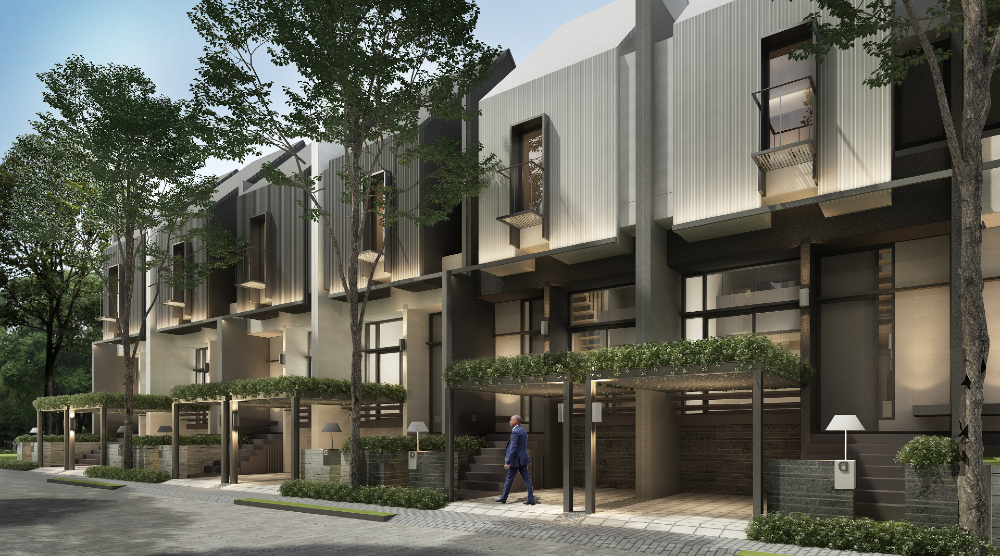
Part of the Greenwich Park gated community near the new town of BSD (Bumi Serpong Damai) City, ImajiHaus is managed by Sinar Mas Land. Throughout the neighbourhood there’s an emphasis on space. ImajiHaus comes with a Water Inspiration Park which instils a calm atmosphere. Its “three-and-a-half-floor” houses with light-filled interiors are equipped with a versatile attic space thanks to a triangular roof. Adding to its exotic allure are three clubhouses named after paradise locations (Barbuda, Phi-Phi, and Bora-Bora). The overall impression is one of harmonious, family-oriented co-existence, further enhanced by the liberal use of wide wooden paths, trees, and water features, such as mini-lakes, that reinforce the garden-resort concept. The architectural design and interiors are by Denny Gondo of the locally based, award-winning Studio Air Putih practice.
More: 6 of the most captivating spots to visit in Chroy Changvar, Phnom Penh
Embarcadero Bintaro
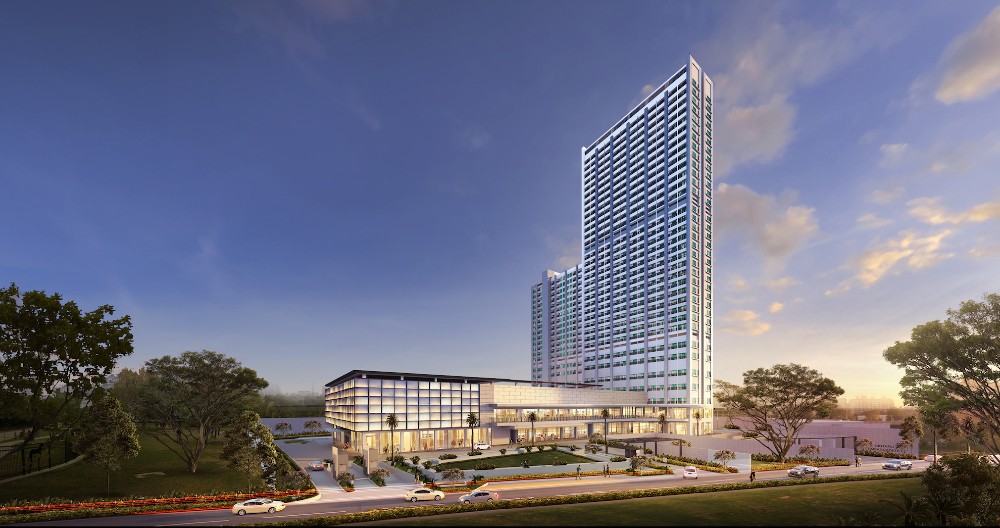
This L-shaped, twin-tower edifice in South Tangerang looms large over a multicultural area of schools, shops, and transport nodes. Incorporating apartment design by Singapore’s DP Architects, the luxe condominium is aimed at millennials and young families, with seven on-site areas catering to its target demographic including a kids’ club, a wellness club with a Zen garden and yoga deck, a creative hub, and a rooftop swimming area. Also, a lifestyle mall is incorporated within the property, helping create a “one-stop” integrated living concept within Lippo Homes’ latest addition to Embarcadero Park in Lippo Karawaci—the pioneering township built on swampland in the ‘90s that was designed to promote a healthy, sustainable environment around the commercial, banking, sporting, healthcare and corporate spaces within a densely populated suburb.
Bandar Djakarta Alam Sutera
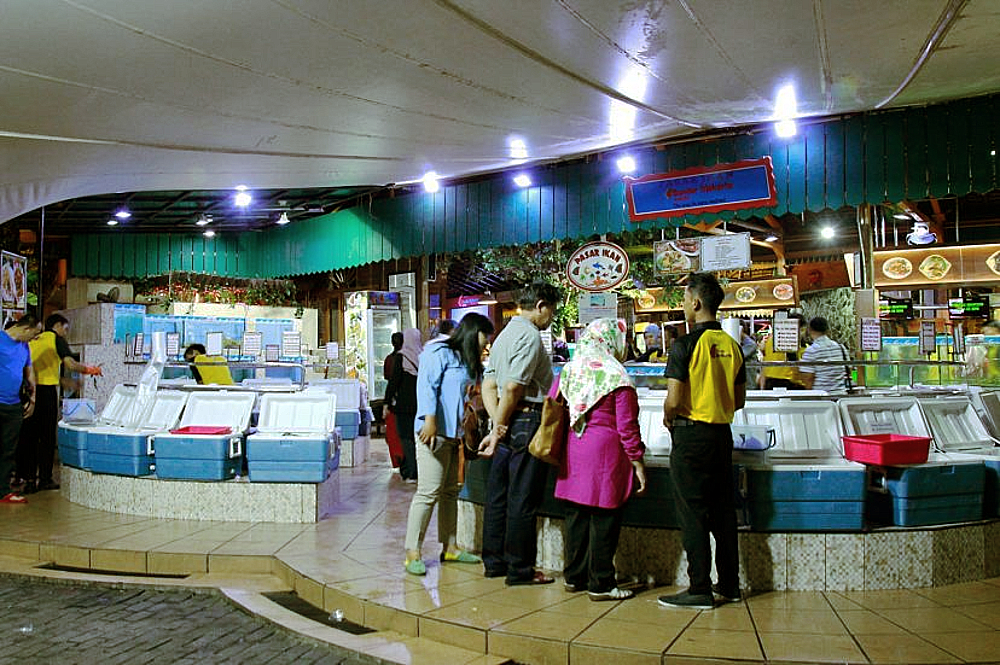
A north Jakarta franchise, Bandar Djakarta’s Tangerang outlet was established in August 2009 and now tops surveys of local favourite restaurants with its seafood-centric “eatainment” culinary brand. Bandar in Indonesian means “harbour”, a name inspired by its first branch in seaside resort Ancol, which at that time was full of fishing vessels. It combines culinary pleasures—fish, crab, squid, lobster, and shrimp feature prominently on the menu, in various permutations—with a crowd-pleasing set of live nightly music, in which audience participation is encouraged. Alam Sutera offers a garden setting with a generous capacity of 1,500 seats, and exudes a laid-back vibe courtesy of picturesque views and relaxing water sounds from the fish ponds. The restaurant also has an air-conditioned indoor area, which hosts reunions, business meetings, and even weddings.
More: 6 of the extraordinary places to see and experience in Phu Yen, Vietnam
Wooden Bar
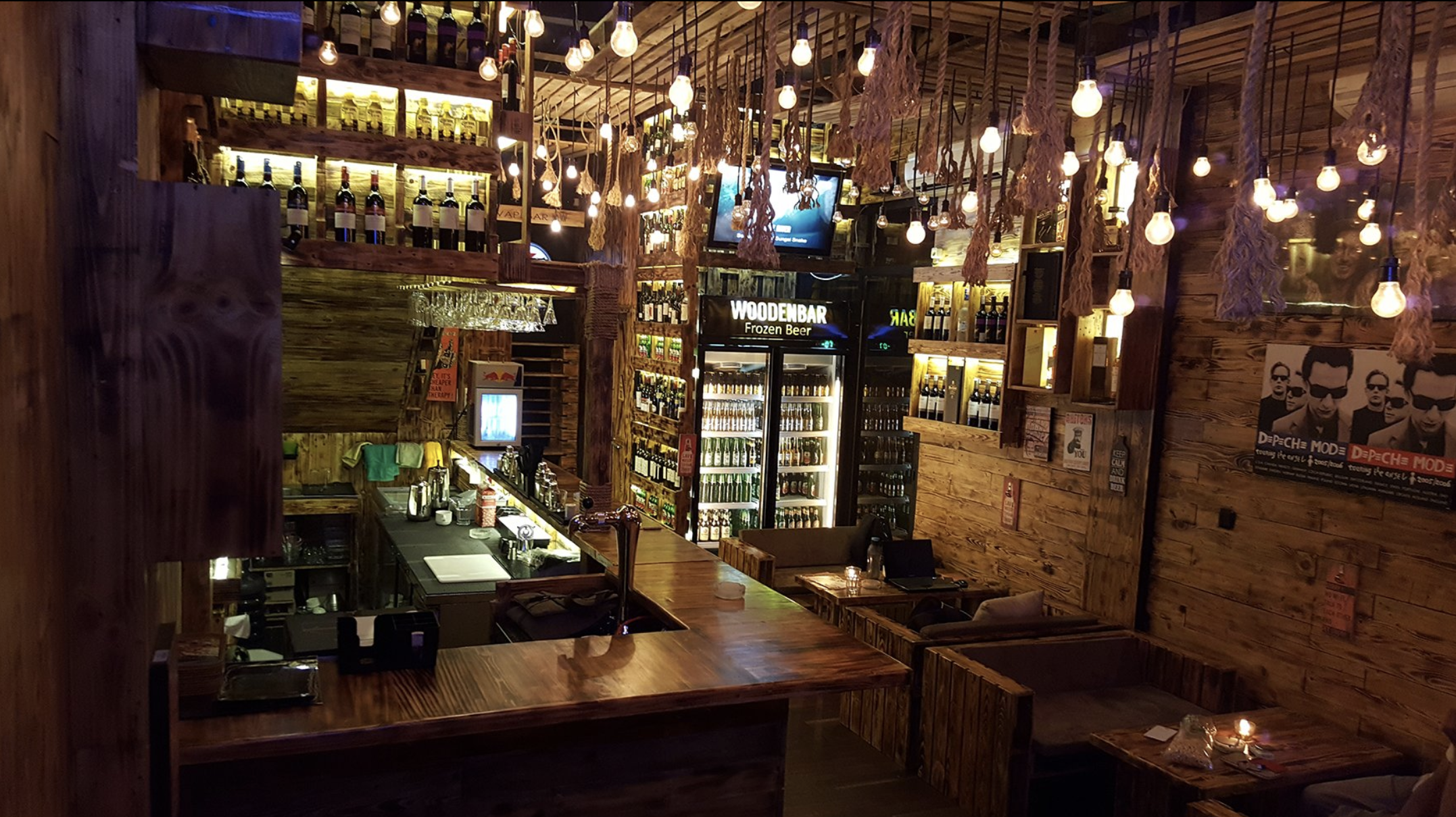
A tasteful, dimly lit nightspot decorated with portraits of iconic figures from rock history, Wooden Bar’s USP is its relatively small size, which creates a cosy, intimate ambience that makes it popular among couples as well as large-group parties. Outdoor seating is provided, but the action begins inside with a quirky decorative touch—the name refers to the choice of material in its well-crafted interiors—an elevated stage hosting frequent live-music performances and a comprehensive menu of beers from around the globe. A relative newcomer to the Serpong nightlife scene along Pasar Modern Paramount’s rows of commercial buildings, Wooden Bar has hit the ground running, retaining its popularity throughout the pandemic and recently celebrating its second anniversary.
PIK Avenue
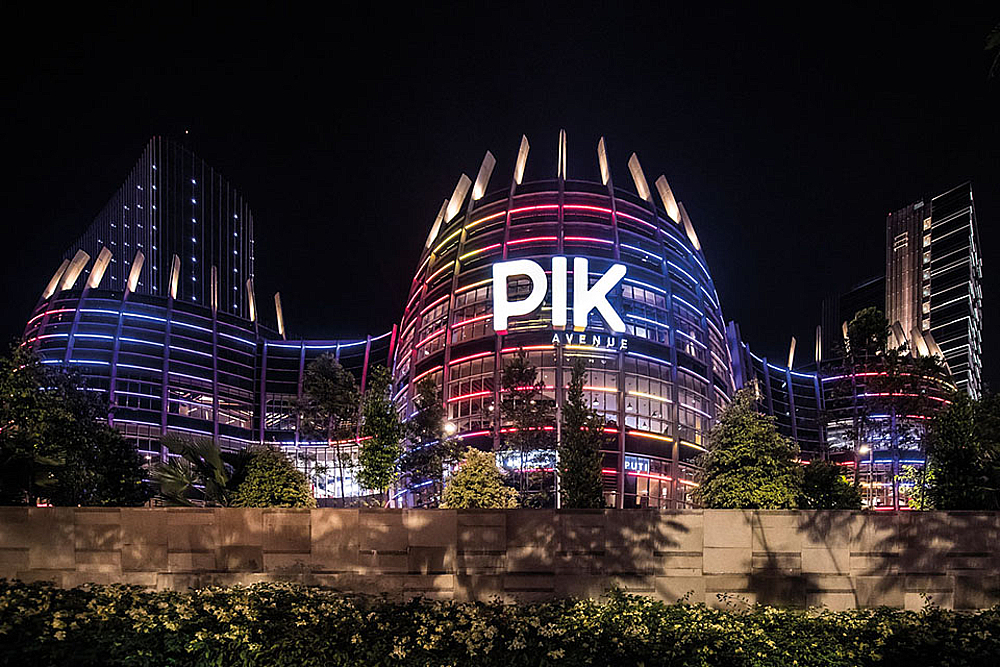
Many of Tangerang’s malls are located within townships run by giant developers, but the six-storey PIK Avenue in Pantai Indah Kapuk is a sleek, standalone affair that showcases premium brands in an elegant space leading into the adjacent Mercure hotel. Operated by ASRI, the holding group which also manages the Mall of Indonesia in Kelapa Gading, this is more of an aspirational lifestyle destination than a shopping centre, reflecting the spending power and upwardly mobile social status of PIK’s residents. Among its dozens of cosmopolitan tenants—ranging from electronics stores and fashion outlets to numerous restaurants—standouts include French bakers Doré and La Maison, cutting-edge appliance maker Bose, diamond-specialist jewellers Frank & co, and a semi-alfresco branch of the upscale café Toby’s Estate, which doubles as a gathering space for the neighbourhood’s well-to-do denizens.
Benteng Heritage Museum
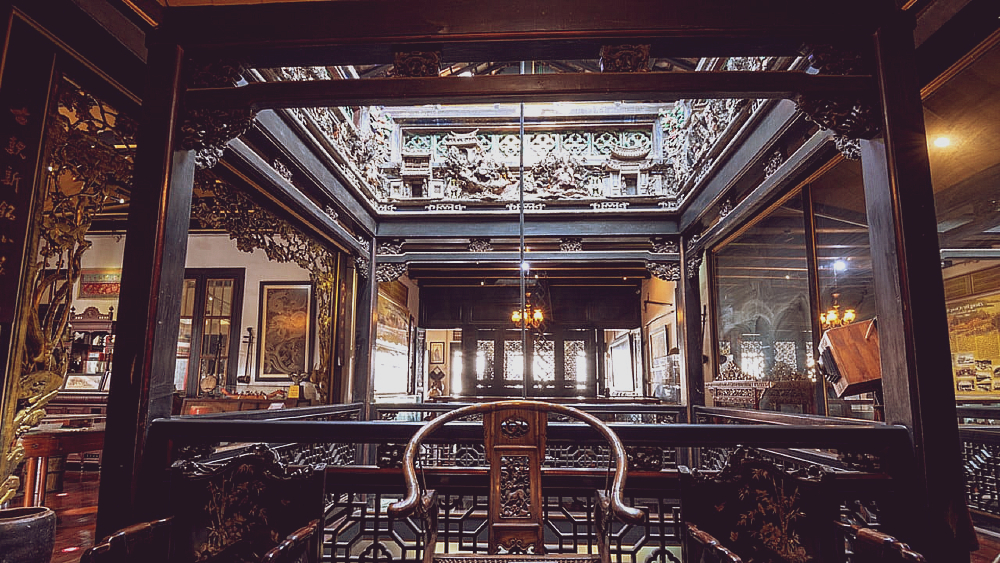
Tangerang’s two principal historical showcases sit within proximity of each other in the old market area of Pasar Lama, in a colourful display of syncretic architecture. Boen Tek Bio is the oldest Chinese temple in the city, dating back to 1684. Nearby lies the award-winning Benteng Heritage Museum, a historic townhouse that was repurposed as a museum by businessman Udaya Halim, and opened on the auspicious date of 11 November 2011 (11/11/11). The museum displays artifacts and cultural objects illustrating the history of Tangerang’s Benteng or Peranakan Chinese community—ethnic Chinese who assimilated into Southeast Asian society through transculturation—and that are housed in a traditional, vernacular building originally constructed in 1864.
The original version of this article appeared in Issue No. 166 of PropertyGuru Property Report Magazine
Recommended
Philippine real estate sees growth in regional markets despite challenges in Metro Manila
Amid pressures, developers and investors are capitalising on a range of opportunities to drive growth in the nation's real estate sector
Bali leads the charge in Indonesia’s rental boom while other regions struggle to keep pace
The rental market is soaring in Bali due to its rich cultural heritage and island charm, while other regions of Indonesia are experiencing less success
Rental markets surge in Asia as digital nomads find new opportunities with visa reforms
As countries in Asia roll out customised visa programmes, rental markets are thriving with the influx of remote workers
China’s hospitality market thrives as developers sell off assets to spark recovery
China’s indebted developers are divesting hospitality assets to generate growth and enhance the outlook of the country’s real estate market

